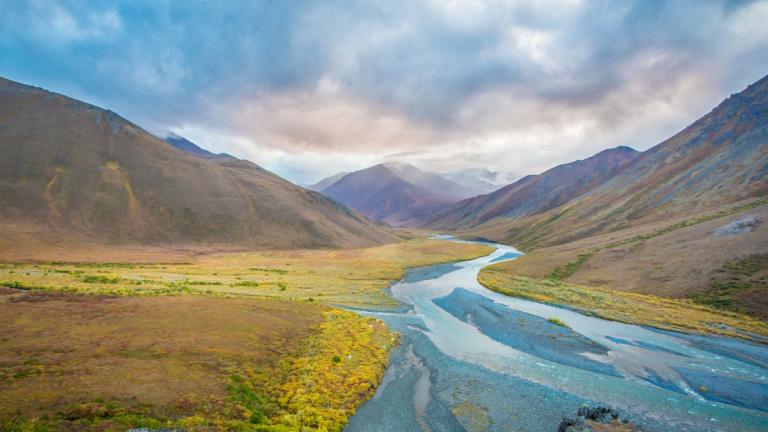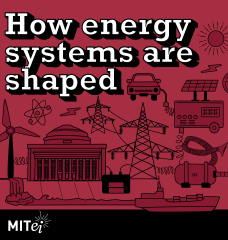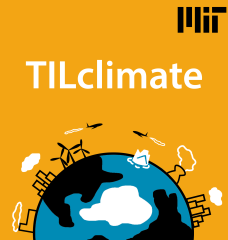
Buried in pending massive US federal tax legislation is a Senate provision to open the Arctic National Wildlife Refuge (ANWR) to oil and gas exploration and extraction. (see New York Times, 29 November 2017) Aside from the devious use of what is supposed to be “reform” of the American tax system, this move brings into sharp relief differences in how the almost 20 million acres is viewed. On the one hand, indigenous Gwich’in Nation people who see it as sacred are joined by scientists who see it as “a biological nursery of global significance.” (see for example, long-time observer Subhankar Banerjee’s writing) On the other hand are those who see it as a “frozen wasteland” to be exploited for its estimated $1b oil and gas revenues over a decade. (see here or here)
Why do I post this on a “climate” website? Beyond the widely reported significant risks of oil spills in or near the ANWR comes the urgent message from the recent COP23 talks in Bonn. We are still not close to having enough specific actions in place to achieve a 2C degree maximum rise in global average temperature by 2050. Many believe that maximum needs to be 1.5C or lower to avert long-term climate chaos.
For me “Keep it in the Ground!” has become a slogan more of us need to apply to specific instances - such as drilling in the ANWR - if we really do want a habitable planet for future generations. Sure, some would get slightly cheaper fossil fuels and less dependence on foreign sources, but at what price? It’s time to draw lines in the sand.





